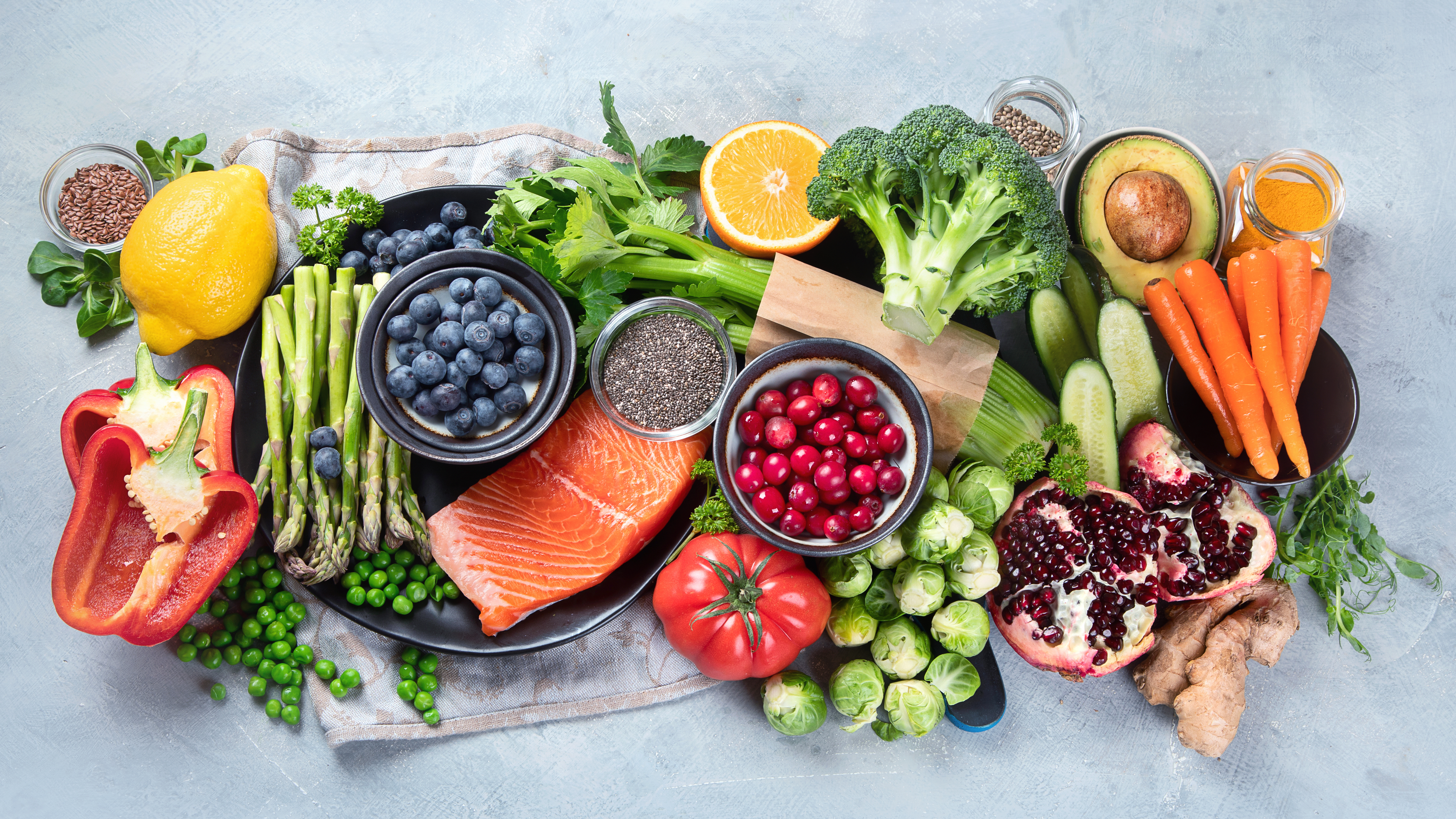Nitrates and nitrites are compounds made up of nitrogen and oxygen atoms that occur naturally in the human body and in some foods, such as vegetables, but are also added to processed foods. Studies have shown that fruits and vegetables contribute over 80% of the daily dietary intake of nitrates and nitrites. In some forms, nitrates and nitrites can be dangerous. However, they may also have health benefits.

In short, nitrates can be converted to nitrites, which can then form either "good" nitric oxide or "bad" nitrosamines.
In the stomach and other gastric organs nitrite can be converted to nitric oxide which acts as a regulator of cell signaling. In addition, the body has the means to endogenously synthesize nitric oxide which maintains and regulates many physiological functions, including blood pressure and immune function. Nitrites can also form nitroso compounds (NOCs), including N-nitrosamines which can be carcinogenic. When nitrites and amino acids are present, nitrosamines can also be formed during high temperature cooking.
At this point it should be noted that cancer is the leading cause of death worldwide, accounting for nearly 10.0 million (about one in six) deaths in 2020 and an expected 28.4 million cases in 2040, a 47% increase from 2020. The causes of cancer are not fully understood, many factors are known to increase risk, including nonmodifiable factors (eg, sex, age, genetics) and modifiable factors (eg, diet, lifestyle). For example, one third of cancer deaths are due to behavioral and dietary risks (Said Abasse et al., 2022).
High consumption of both processed (sausages, hot dogs, ham, bacon) and fresh meat is associated with an increased risk of cancer (eg gastric, pancreatic, bladder and colon). It is the presence of nitrites, amides and amines in processed meats and heme iron in fresh meat that is thought to be responsible for these risk effects.
According to the International Agency for Research on Cancer (IARC) classification, nitrates and nitrites that can form NOCs are probably carcinogenic to humans and are included in group 2A
Group 2A: The agent (mixture) is probably carcinogenic to humans. The exposure circumstance implies exposures that are probably carcinogenic to humans." "This category is used when there is limited evidence of carcinogenicity in humans and sufficient evidence of carcinogenicity in experimental animals.
In a survey of 101 056 adults (NutriNet-Santé survey 2009-ongoing, follow-up 6.7 years), a total of 3311 cases of cancer were diagnosed. The results showed that compared to non-consumers, high consumers of nitrate food additives had a higher risk of breast cancer (specifically for potassium nitrate) and high consumers of nitrite food additives had a higher risk of prostate cancer (specifically for sodium nitrite ) (Chazelas et al., 2022).
Regarding water: Pollution of water sources, largely from the use of large-scale agricultural fertilizers, results in nitrate and nitrite contamination of drinking water. A recent systematic review and meta-analysis found an association of nitrates in drinking water with gastric cancer but no other cancer site. There is currently a lack of robust studies (Picetti et al., 2022).
Yet another meta-analysis concluded that the risk of glioma, bladder and stomach cancer was higher while the risk of pancreatic cancer was lower with higher nitrite intakes. Also, thyroid cancer risk was higher and kidney cancer risk was lower with higher nitrate intakes. These data suggest effects related to an increase in cancer risk, but also some protective effects, from dietary intakes of nitrates and nitrites. (Said Abasse et al., 2022).
Conclusion: depending on the conversion to nitrosamines or nitric oxide, nitrates or nitrites can have positive or negative effects. It is recommended to eat more fruits and vegetables and limit the consumption of processed meat.

How their intake is increased through diet:
Plants: Nitrogen Fertilizers
Water: Contamination
Food Industry: Addition suppress the proliferation of harmful bacteria - extend the shelf life of food. Preservatives to improve organoleptic properties - preservation of intense red/pink color, flavor improvement, antioxidant effect.
How can their intake be reduced:
Mainly by limiting the consumption of processed meat
On food labels the added nitrites and nitrates:
Sodium nitrate (E251)
Potassium nitrate (E252)
Sodium nitrite (E250)
Potassium nitrite (E249)
References:
Chazelas, E., Pierre, F., Druesne-Pecollo, N., Esseddik, Y., Szabo de Edelenyi, F., Agaesse, C., De Sa, A., Lutchia, R., Gigandet, S., Srour, B., Debras, C., Huybrechts, I., Julia, C., Kesse-Guyot, E., Allès, B., Galan, P., Hercberg, S., Deschasaux-Tanguy, M., & Touvier, M. (2022). Nitrites and nitrates from food additives and natural sources and cancer risk: results from the NutriNet-Santé cohort. International Journal of Epidemiology, 51(4), 1106–1119. https://doi.org/10.1093/ije/dyac046
Picetti, R., Deeney, M., Pastorino, S., Miller, M. R., Shah, A., Leon, D. A., Dangour, A. D., & Green, R. (2022). Nitrate and nitrite contamination in drinking water and cancer risk: A systematic review with meta-analysis. Environmental Research, 210, 112988. https://doi.org/10.1016/j.envres.2022.112988
Said Abasse, K., Essien, E. E., Abbas, M., Yu, X., Xie, W., Sun, J., Akter, L., & Cote, A. (2022). Association between Dietary Nitrate, Nitrite Intake, and Site-Specific Cancer Risk: A Systematic Review and Meta-Analysis. Nutrients, 14(3), 666. https://doi.org/10.3390/nu14030666

